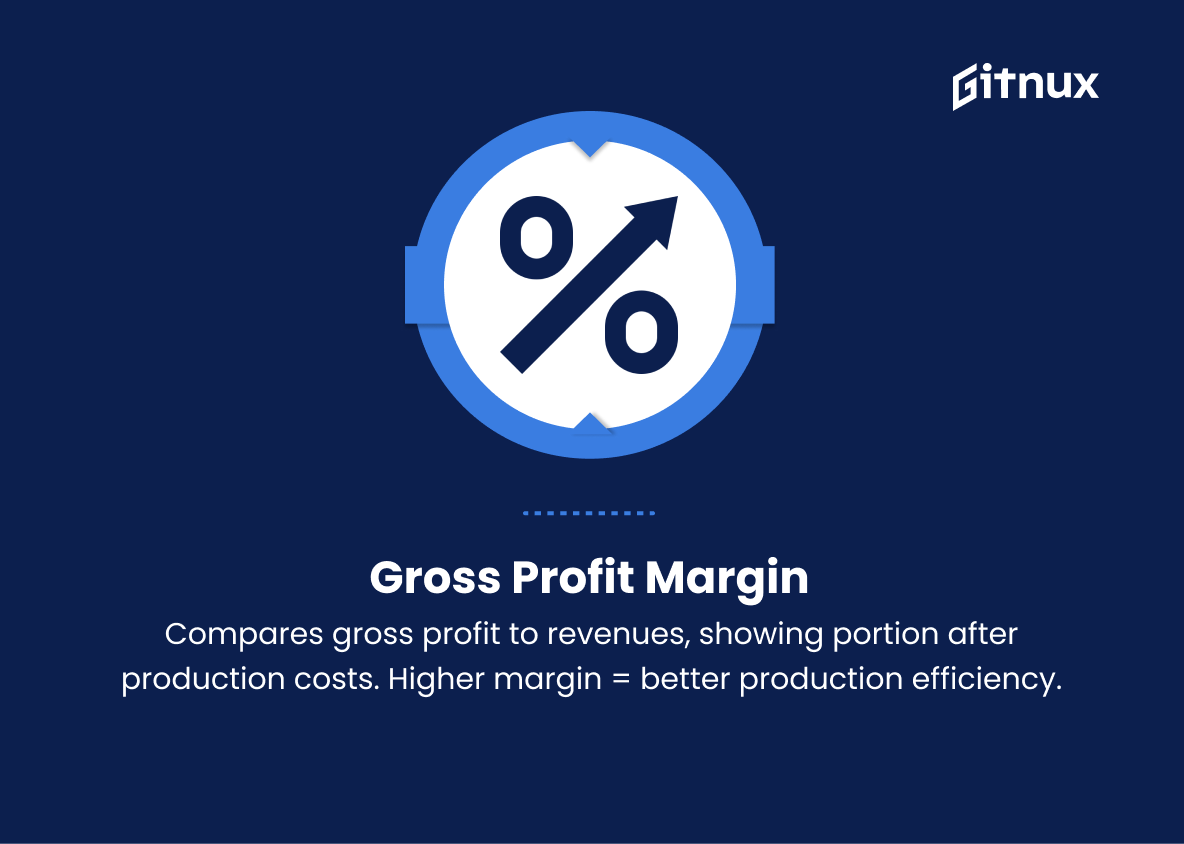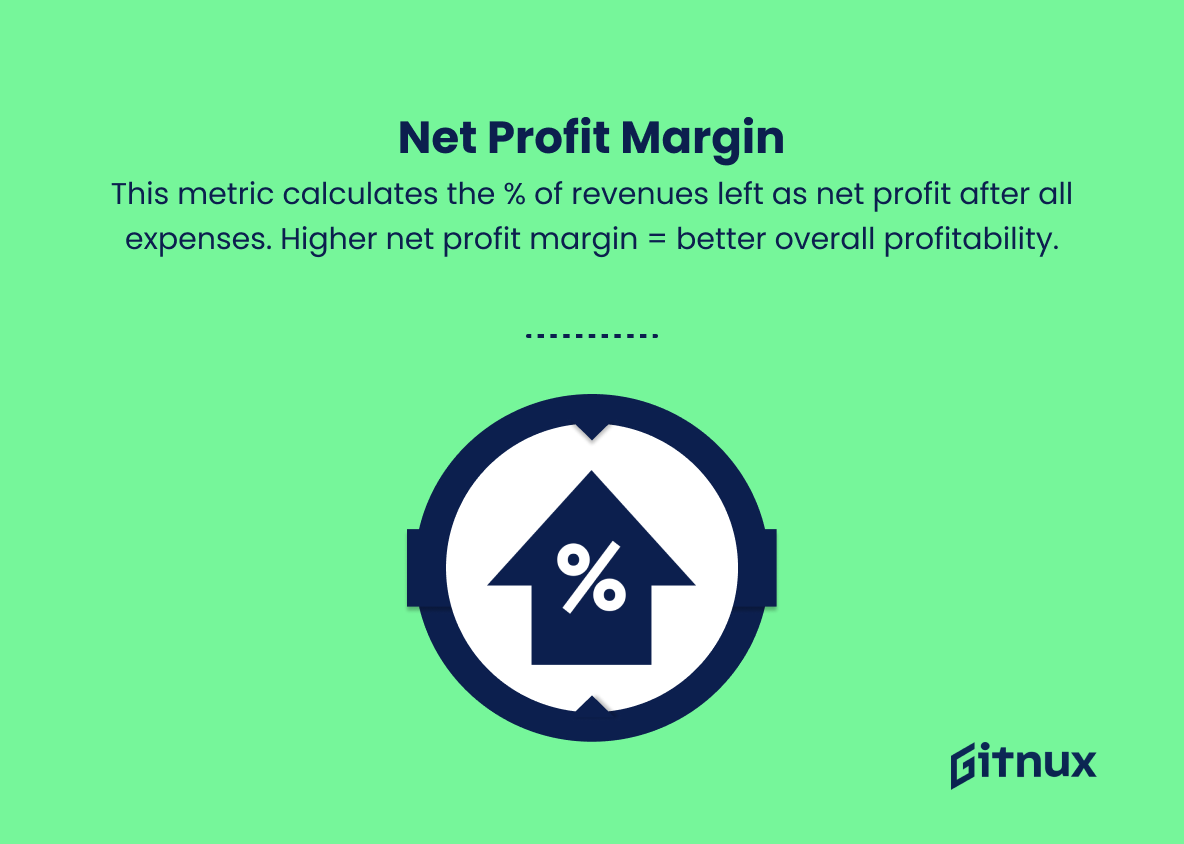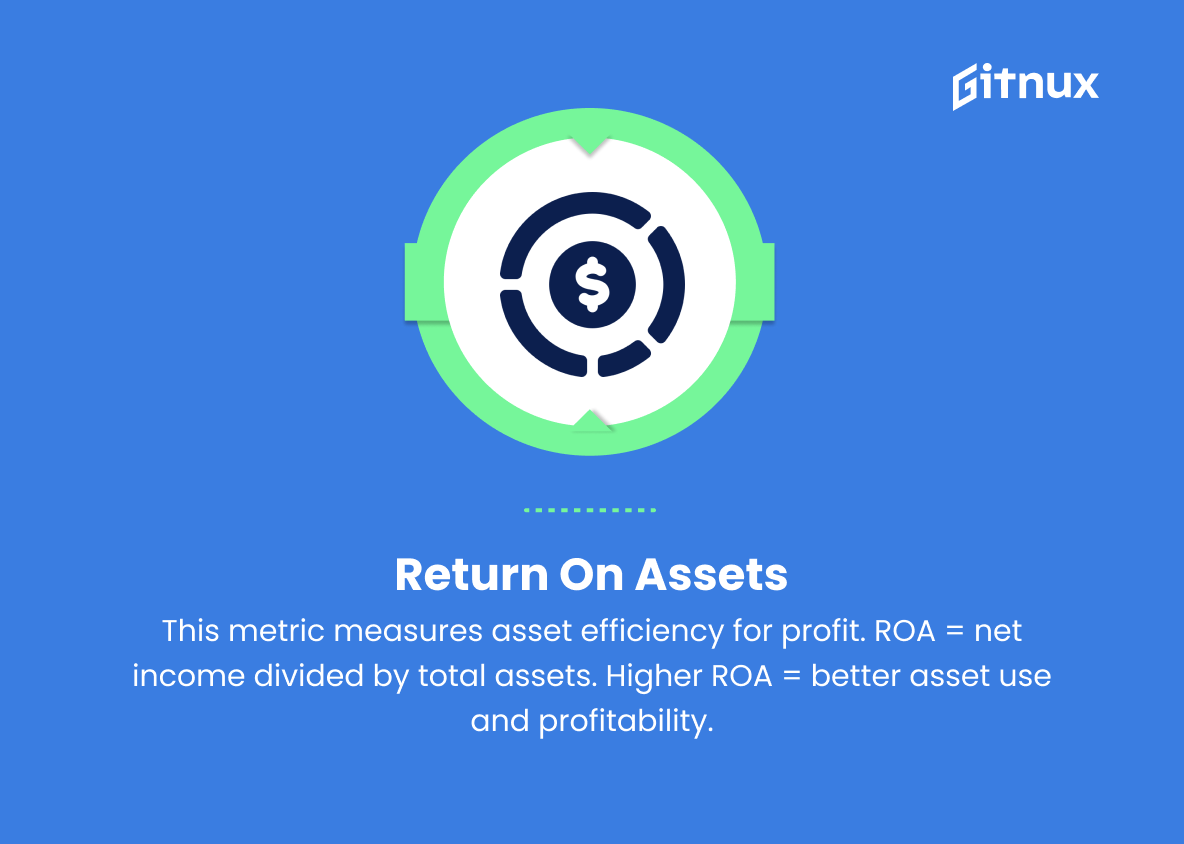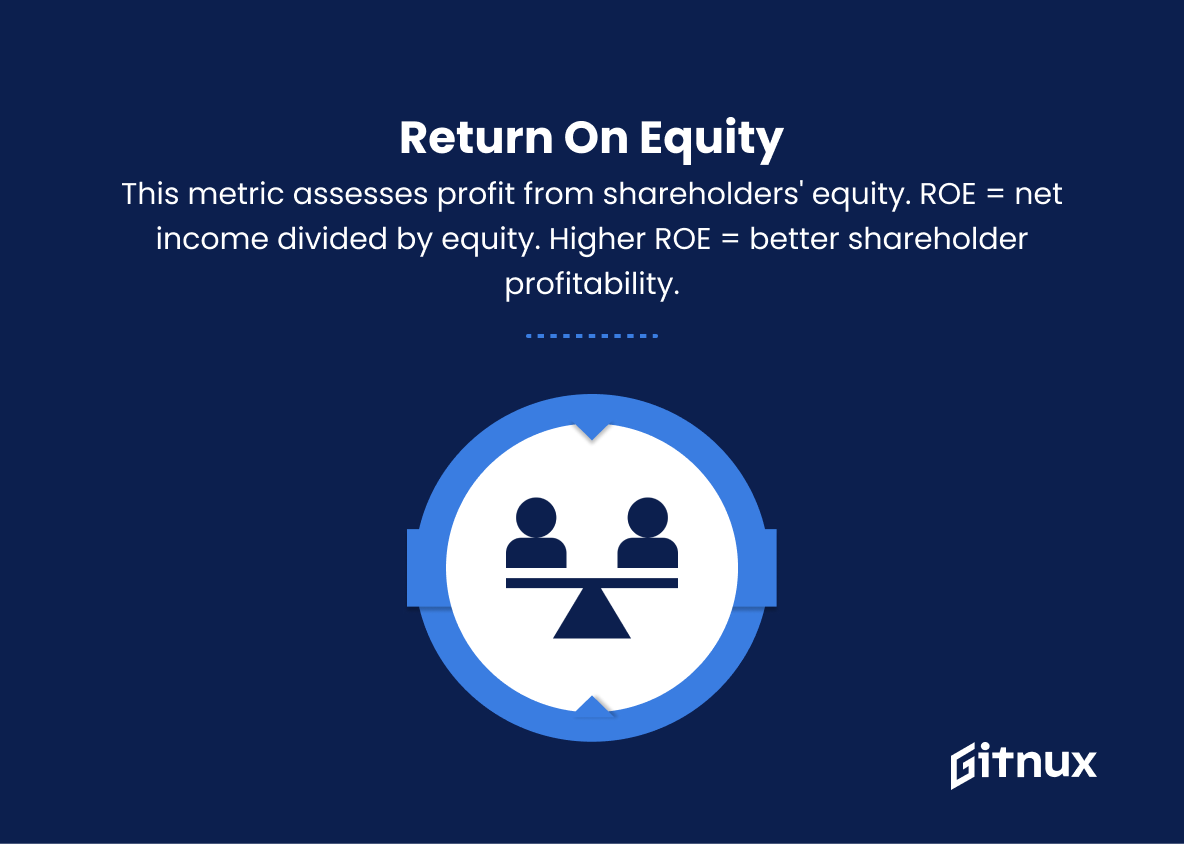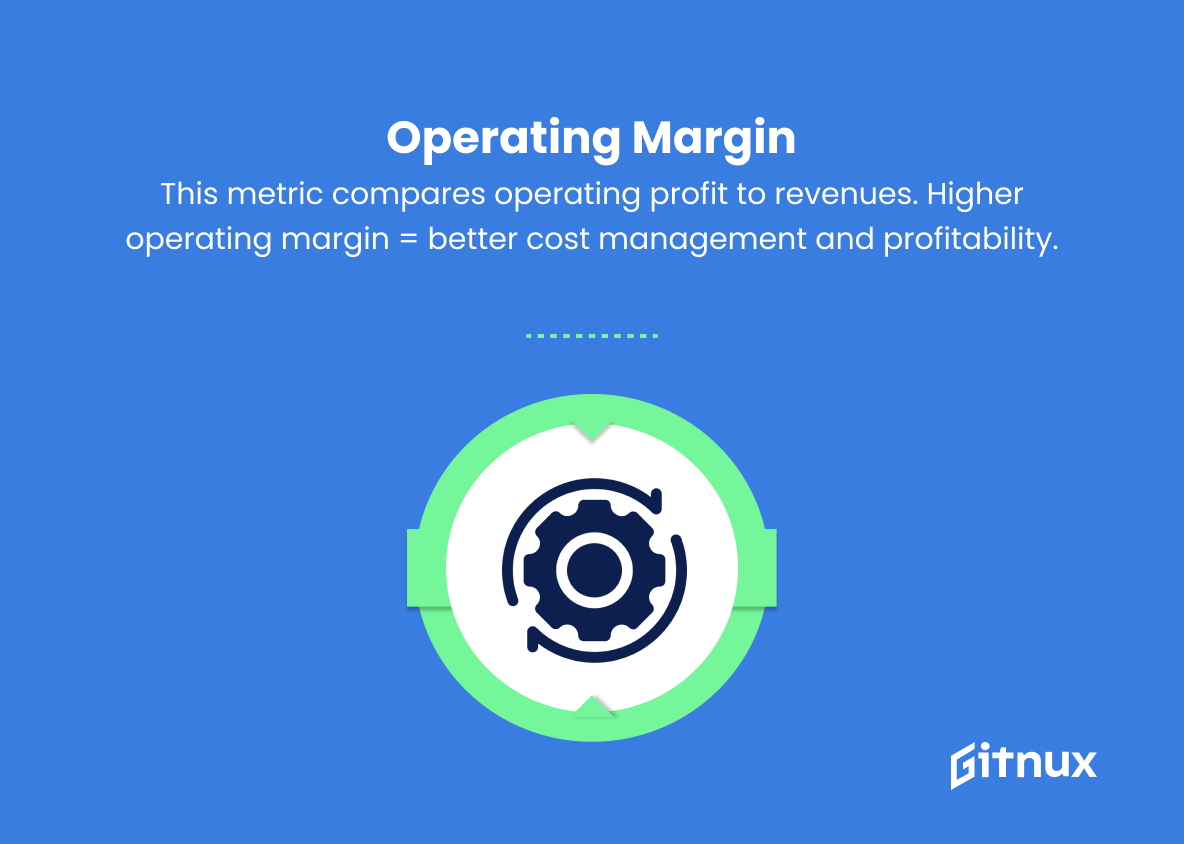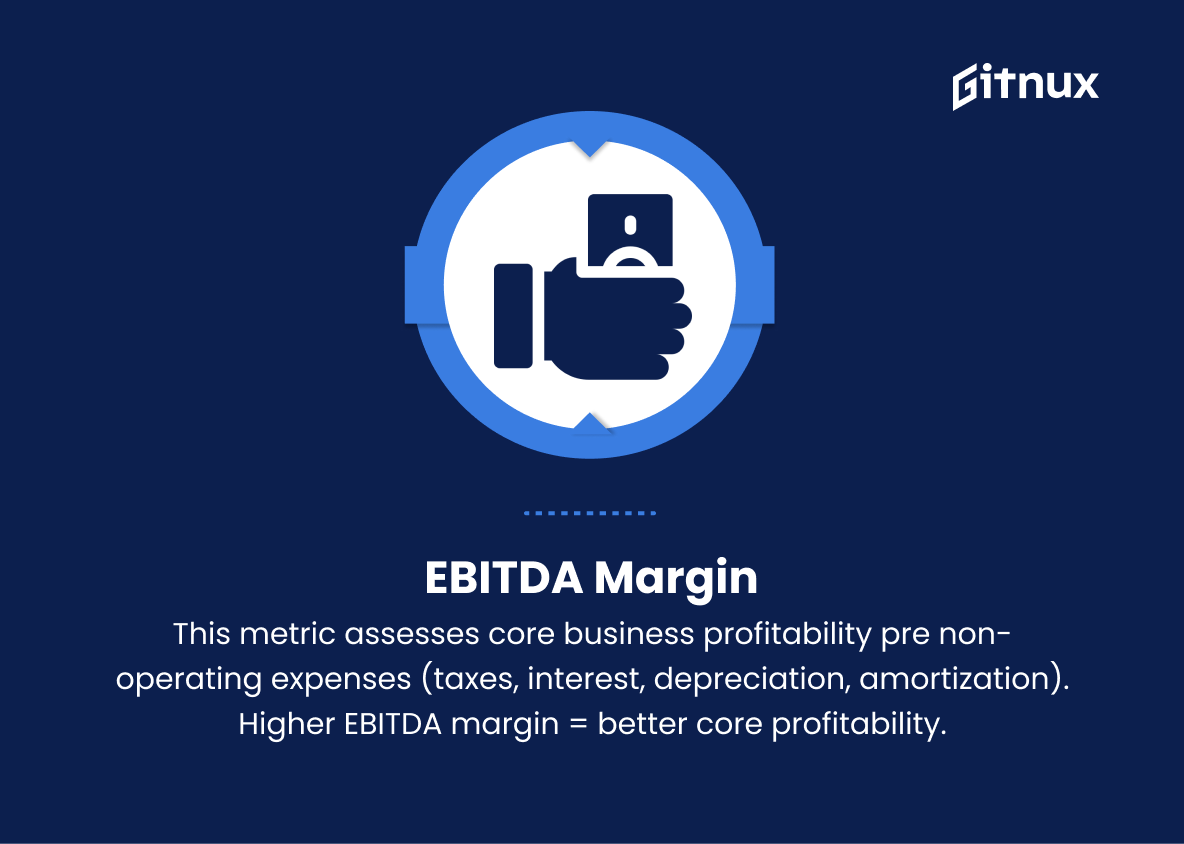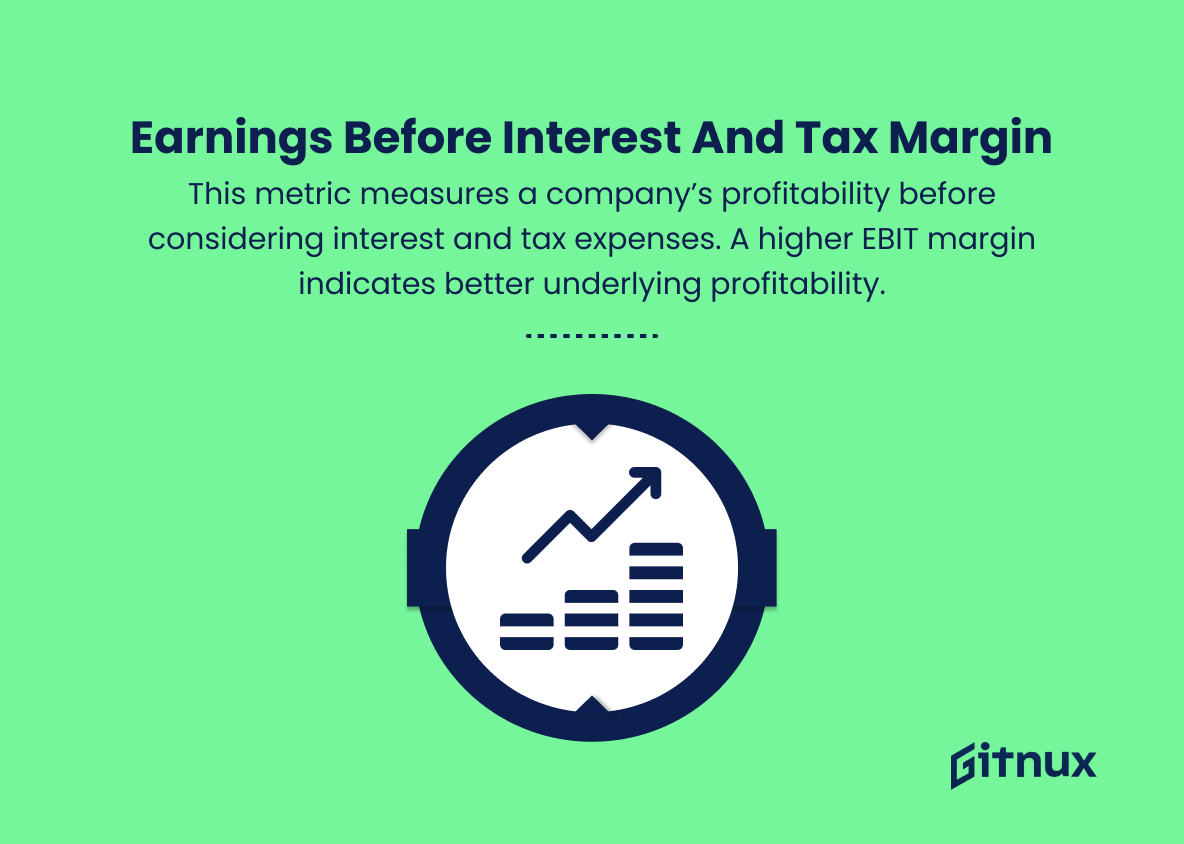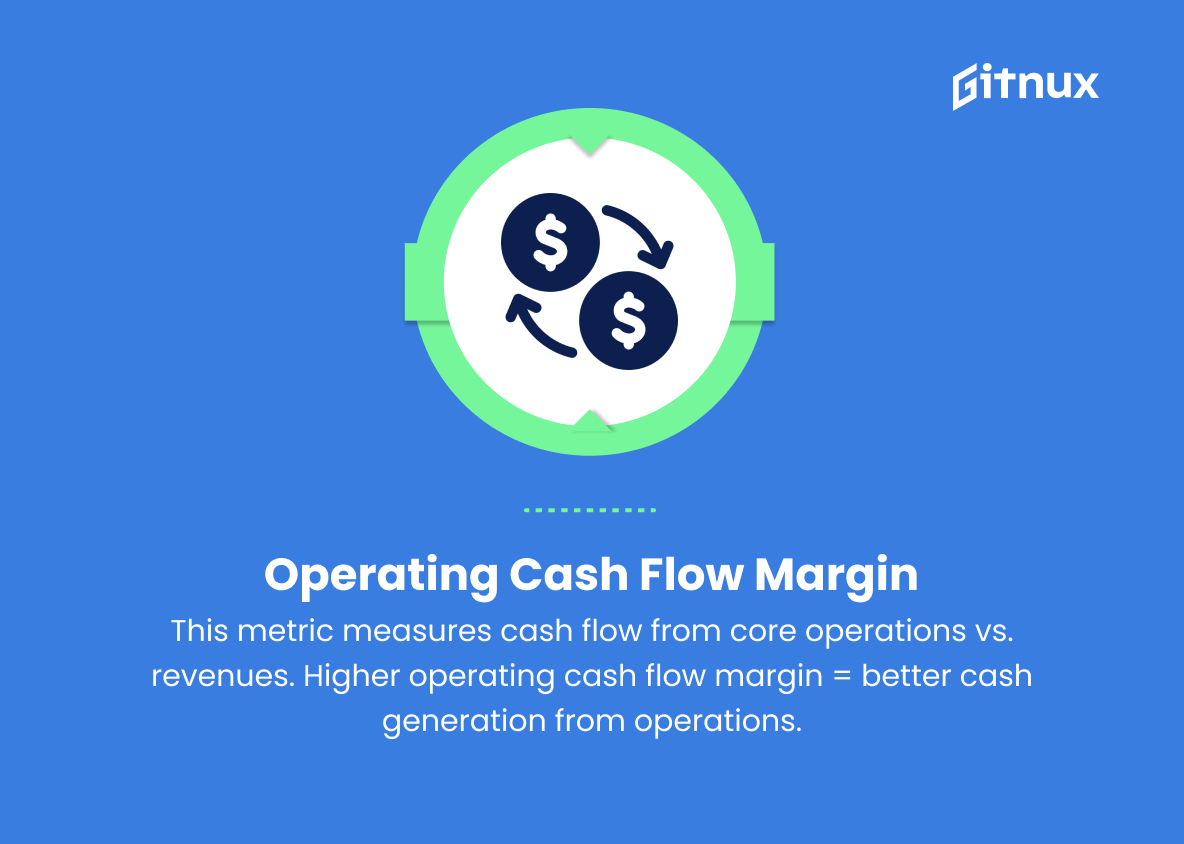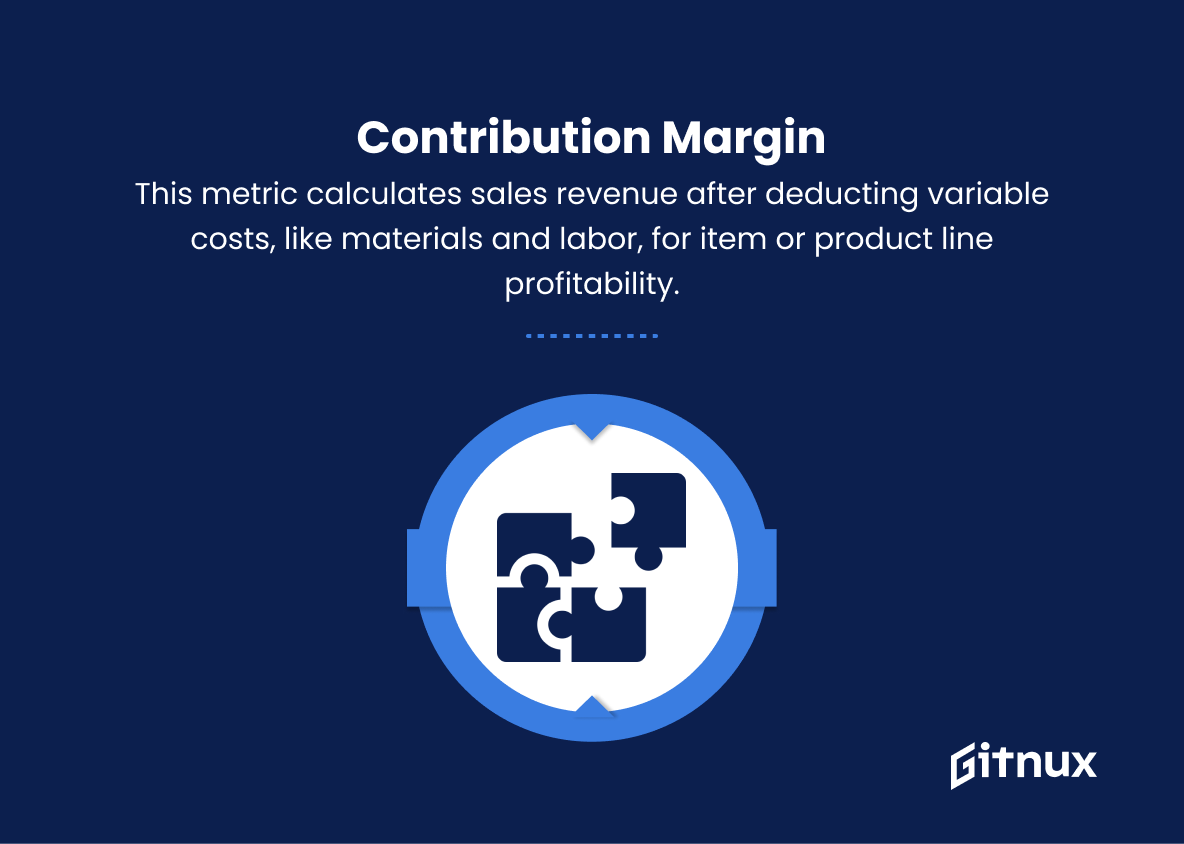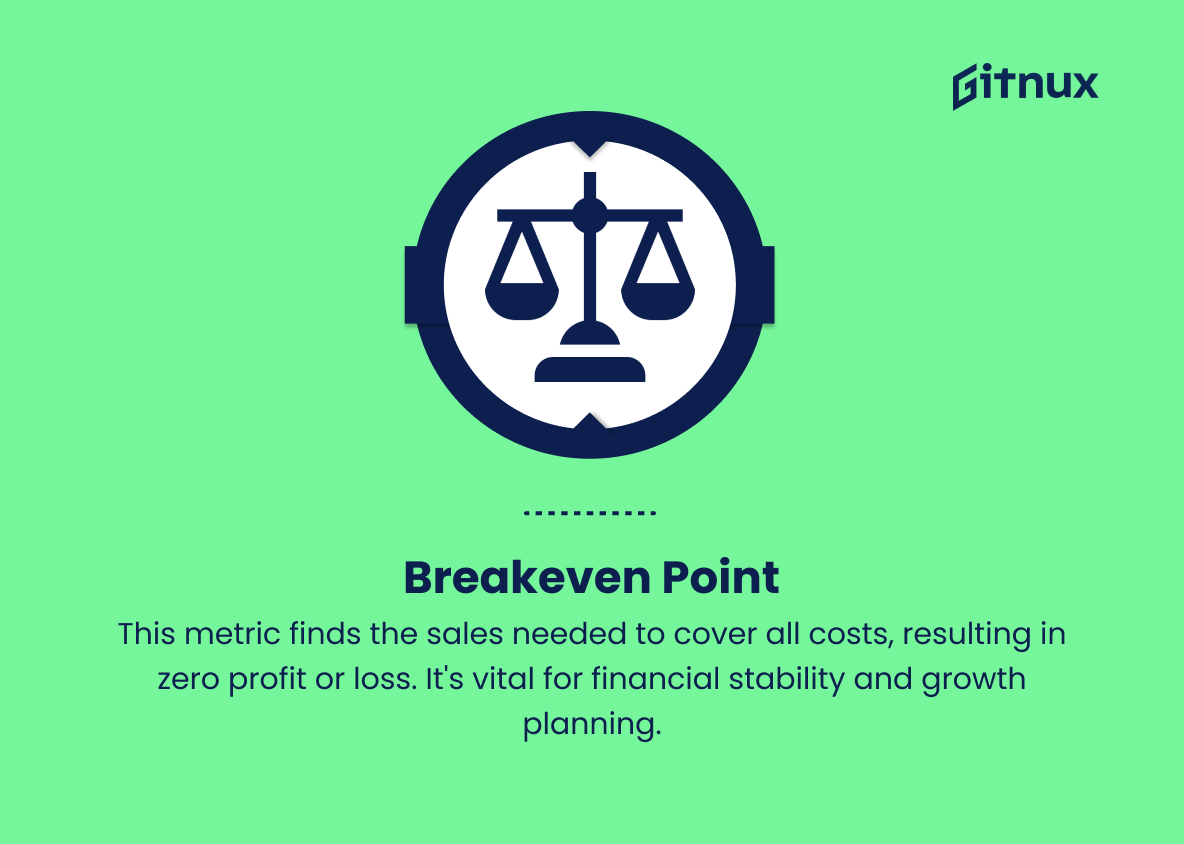In today’s fiercely competitive business landscape, understanding the underlying factors that drive the success and growth of an organization is paramount. One essential aspect that often stands out is profitability. As a key performance indicator, profitability metrics serve not only as a gauge to measure the financial health of a business but also as a determinant of its value in the marketplace. In this insightful blog post, we will delve deep into the realm of profitability metrics, elucidating their significance, various types, and the role they play in shaping the strategic direction of a company.
By gaining a comprehensive understanding of this critical subject, business owners, stakeholders, and even investors can make informed decisions and align their efforts in achieving sustainable growth, efficiency, and long-term success. So join us as we embark on this enlightening journey into the world of profitability metrics, a game-changer for every ambitious enterprise.
Profitability Metrics You Should Know
1. Gross Profit Margin
This metric compares a company’s gross profit (revenues minus cost of goods sold) to its revenues. It shows the proportion of revenues left after considering direct production costs. A higher gross profit margin indicates better production efficiency.
2. Net Profit Margin
This metric calculates the percentage of revenues that remain as net profit after considering all expenses, including operating costs, taxes, and interest. A higher net profit margin suggests better overall profitability.
3. Return on Assets (ROA)
This profitability metric measures how effectively a company uses its assets to generate profit. It is calculated by dividing net income by total assets. A higher ROA indicates better asset utilization and profitability.
4. Return on Equity (ROE)
This metric assesses how effectively a company uses shareholders’ equity to generate profit. It is calculated by dividing net income by shareholders’ equity. A higher ROE indicates better profitability for shareholders.
5. Return on Investment (ROI)
This metric measures the efficiency of an investment by calculating the ratio of net profit to the investment cost. A higher ROI indicates a more successful investment.
6. Operating Margin
This profitability metric compares a company’s operating profit (revenues minus operating expenses) to its revenues. A higher operating margin suggests better cost management and profitability.
7. Earnings Before Interest, Tax, Depreciation, and Amortization (EBITDA) Margin
This metric assesses a company’s profitability before considering non-operating expenses such as taxes, interest, depreciation, and amortization. A higher EBITDA margin indicates better core business profitability.
8. Earnings Before Interest and Tax (EBIT) Margin
This metric measures a company’s profitability before considering interest and tax expenses. A higher EBIT margin indicates better underlying profitability.
9. Operating Cash Flow Margin
This metric measures a company’s cash flow from its core operating activities compared to its revenues. A higher operating cash flow margin suggests better cash generation from the company’s operations.
10. Contribution Margin
This profitability metric calculates a company’s sales revenue after deducting variable costs, such as raw materials and direct labor. It measures the profitability of individual items or product lines.
11. Breakeven Point
This metric determines the level of sales a company needs to achieve to cover both fixed and variable costs. It is the point at which revenues equal total costs, resulting in zero profit or loss. The breakeven point is essential for assessing a company’s financial stability and planning future growth.
Profitability Metrics Explained
Profitability metrics are essential in assessing a company’s financial performance and efficiency. Gross Profit Margin and Contribution Margin help gauge production efficiency and the profitability of individual items, while Operating Margin, EBITDA Margin, and EBIT Margin focus on cost management and core business profitability. Net Profit Margin gives a holistic view of overall profitability, and Return on Assets (ROA), Return on Equity (ROE), and Return on Investment (ROI) evaluate the effectiveness of using assets, shareholders’ equity, and investments to generate profit.
The Operating Cash Flow Margin measures a company’s cash generation from its operations, while the Breakeven Point is crucial for understanding financial stability and planning for future growth. Together, these metrics offer a comprehensive understanding of a company’s financial health and its ability to generate profits and grow sustainably.
Conclusion
In conclusion, profitability metrics are key indicators for assessing the financial performance and long-term viability of a business. By consistently tracking and analyzing these metrics, decision-makers can make informed strategic decisions to optimize revenue, reduce costs, and maximize their return on investment.
Furthermore, profitability ratios like gross margin, operating margin, and return on equity can provide valuable insights into areas of improvement and growth potential within a business. Ultimately, understanding and utilizing profitability metrics is essential for maintaining competitiveness and achieving financial success in today’s dynamic business landscape.
